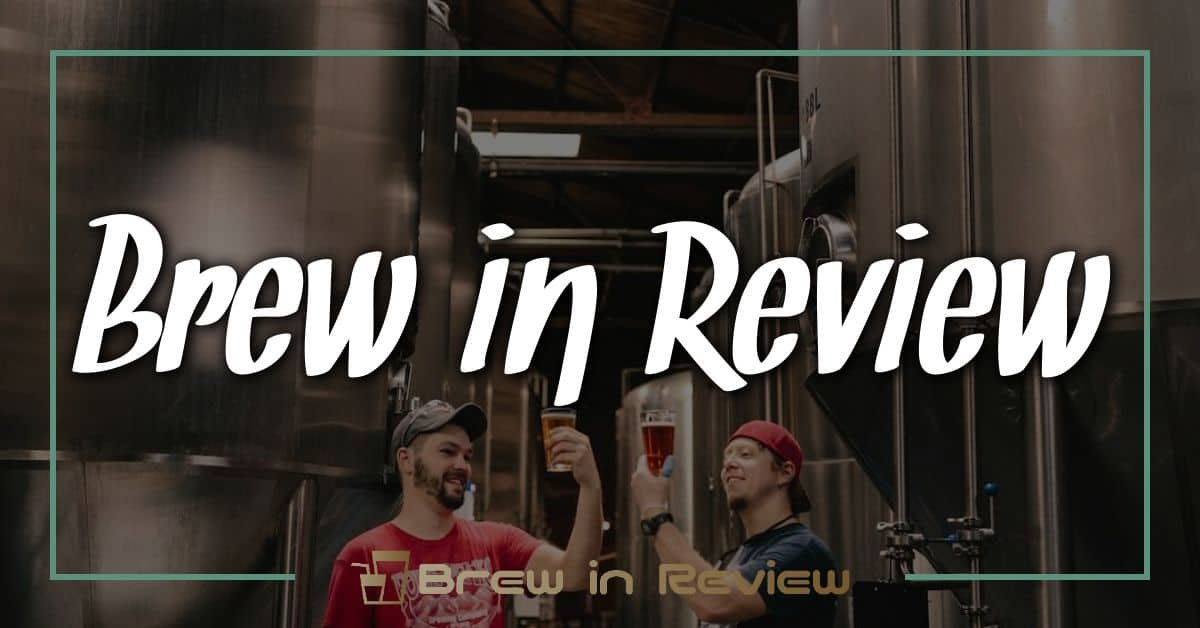Craft beer has exploded in popularity over the past decade, transforming the way we think about brewing and enjoying beer. As the landscape evolves, mergers and acquisitions have become a hot topic, raising questions about the future of independent breweries and the craft beer movement. I find it fascinating to see how these partnerships can shape flavors, styles, and even the culture surrounding our favorite brews.
In this article, I’ll dive into some recent examples of craft beer mergers that have caught my eye. From unexpected collaborations to strategic moves by larger companies, these stories reveal the dynamic nature of the craft beer industry. Join me as we explore what these mergers mean for brewers, consumers, and the craft beer community as a whole.
Overview of Craft Beer Mergers
Craft beer mergers have become prevalent as the industry grows. These partnerships can provide various benefits for both brewers and consumers. Mergers often lead to better distribution networks, expanded access to unique ingredients, and increased production capacity. For example, when two craft breweries unite, they might combine resources to develop innovative beer styles.
Mergers can also affect the landscape of local breweries. Independent brands may struggle to compete with larger entities that benefit from economies of scale. This situation raises questions about the authenticity of craft beer. Still, some collaborations focus on maintaining quality while expanding reach, allowing brewers to explore new markets without sacrificing their core values.

In recent years, several notable mergers have made headlines. One example is the acquisition of a beloved local brewery by a larger craft beer conglomerate. This merger allowed the independent brewery to maintain its brand identity while gaining access to additional resources, including marketing and distribution channels. Such arrangements showcase a balancing act between preserving the craft ethos and achieving operational viability.
As the craft beer sector continues to evolve, understanding the implications of these mergers becomes crucial for brewers and enthusiasts alike. Observing how these changes impact flavor profiles and brewing practices offers valuable insights into the future of craft beer.
Notable Recent Examples
Mergers in the craft beer scene have spurred significant changes, impacting brewers and consumers alike. Here are a couple of noteworthy examples that reflect the current state of the craft beer industry.
Example One: Acquisition Details
In 2022, Craft Brew Alliance (CBA) acquired 10 Barrel Brewing, a popular brewery based in Oregon. This acquisition aimed to enhance distribution capabilities and expand its portfolio. CBA retains the original 10 Barrel staff and maintains the breweries’ unique recipes, ensuring the local craft experience endures. The partnership allows 10 Barrel to benefit from CBA’s extensive distribution network, enabling the brand to reach new markets while keeping its distinct flavor profiles intact.
Example Two: Acquisition Details
In 2023, Boston Beer Company, known for its flagship Samuel Adams, purchased Dogfish Head Craft Brewery. This merger combined two innovative breweries. Boston Beer Company focused on increasing its craft beer presence, while Dogfish Head gained improved access to resources and distribution. Both brands celebrated their unique identities, bringing together Dogfish Head’s creative brewing approaches and Boston Beer’s established market presence. This alliance has sparked excitement in craft beer enthusiasts, eager to see how these two powerhouses will collaborate in the future.
Impact on the Craft Beer Industry
The craft beer industry experiences ongoing shifts due to recent mergers. These changes not only reshape the landscape but also influence brewing practices and consumer experiences.
Market Trends and Changes
Mergers drive market consolidation, leading to fewer independent breweries. Larger entities often acquire smaller ones, boosting distribution capabilities and access to resources. These partnerships expand production and streamline supply chains. Industry-wide, I’ve noticed a growing hybrid model where niche breweries maintain unique styles while benefiting from the larger company’s infrastructure. For instance, the acquisition of 10 Barrel Brewing by Craft Brew Alliance (CBA) serves as a prime example. It enhances distribution but keeps the original recipes intact, enabling craft flavors to reach a broader audience.
Consumer Reactions
Consumers react with mixed feelings to craft beer mergers. Some embrace the increased accessibility of diverse brews, while others question the authenticity of larger brands. I’ve seen enthusiasts express concern over losing the uniqueness that independent breweries offer. Notably, the merger between Boston Beer Company and Dogfish Head Craft Brewery generated significant excitement, suggesting that innovative combinations can captivate even the most discerning drinkers. Craft beer drinkers often prioritize quality and authenticity, so maintaining these values is vital for any merging entities. Engaging with consumers through transparent practices can help mitigate concerns and foster loyalty among long-time supporters.
Future of Craft Beer Mergers
The future of craft beer mergers presents both opportunities and challenges. I see possibilities for innovation and collaboration as brewers blend their unique styles and recipes. Mergers often lead to expanded distribution, allowing breweries to reach new markets while introducing diverse flavors to a broader audience.
I’ve noticed growing interest in hybrid models, where independent breweries join forces with larger entities. This approach retains the original breweries’ character while benefiting from increased resources. For example, when a small craft brewer partners with a larger company, they gain access to improved production techniques and distribution channels. These advantages don’t just streamline operations; they can also enhance product quality.
However, challenges persist. Many craft beer enthusiasts worry that these mergers dilute authenticity. Large corporations may prioritize profit over passion, risking the uniqueness that defines craft beer. As a brewer, I feel it’s essential for merged companies to commit to transparency and quality. Engaging consumers in these conversations helps maintain their trust and passion for craft beer.
Looking ahead, I foresee a landscape where collaboration thrives, but genuine craft brewing practices must remain at the forefront. The craft beer community values creativity, and successful mergers should empower brewers to continue experimenting with flavors and styles. Encouraging independent voices within the industry ensures that the spirit of craft beer endures, preserving its diverse and rich culture.
Conclusion
The craft beer landscape is evolving rapidly and it’s exciting to witness how mergers are reshaping the industry. While these partnerships can enhance reach and resources, they also bring up important questions about authenticity and the future of independent breweries.
As I look ahead, I see a blend of opportunities and challenges. The potential for innovation through collaboration is promising but maintaining the spirit of craft brewing is crucial. I hope we can find a balance where unique flavors and local charm thrive alongside the benefits of larger networks.
It’s a fascinating time to be a craft beer enthusiast and I can’t wait to see how these changes unfold in the coming years. Cheers to the journey ahead!




